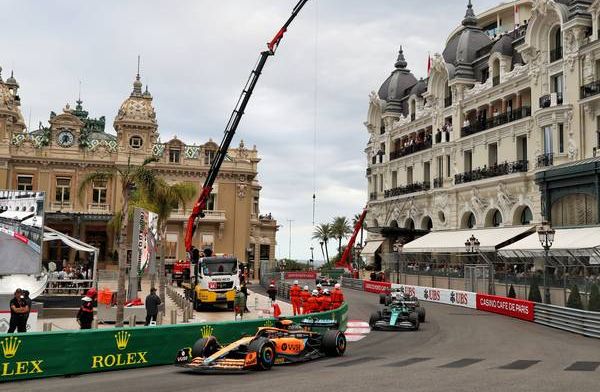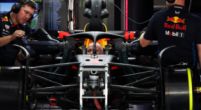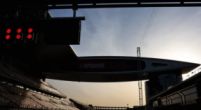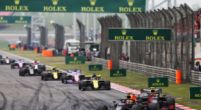Column

Opinion | The damage to reputation that F1's street circuits creates
Formula 1 has constantly pursued new nations and cities to race in. This is to balance its "international motorsport" identity, as well as push to promote itself amongst new audiences. To aid in that, F1 has pursued certain street circuits, where races are held in the vibrant hearts of city centres. Is the interest in the city spectacles getting a bit too much now? We take a look.
What’s happened
As F1 has grown increasingly popular in recent years, the sport has pushed for growth in its racing calendar, in order to help maximise the spectacle around the world each season. However, in order to reach new audiences, F1 has needed to be creative in its choice of locations to visit. As some areas do not have the track facilities to host a Grand Prix, the sport, alongside local governments, has elected to make use of street circuits to race on.
A rumour has recently surfaced of a London Grand Prix held on the city streets. Considering that the British Isles have no shortage of high-quality tracks, and the Silverstone circuit is a stalwart of the F1 calendar, this idea was naturally met with a negative response from a majority of fans and stakeholders.
The situation
Formula E has now dominated the sphere of street racing. Clearly labelling its intent to race in city centres since its inception, the all-electric series is known for taking its spectacle to the heart of densely populated areas to showcase high-performance renewable technologies. They’ve been incredibly successful, now racing in cities such as Jakarta, New York, London, Hyderabad and Sao Paulo. Local racing series in each nation also make frequent use of street tracks as well. Series such as Australian Supercars, DTM and other various national-level “hard-top” racing series gain them following through frequently visiting certain cities and making use of very ordinary city streets.
The satisfaction gained from F1’s pursuit of city circuits is also dwindling. Existing as special and high-energy events, such as in Monaco and Singapore, the occasions have started to become less meaningful with the introduction of the Las Vegas Grand Prix, Saudi Arabian Grand Prix and, to an extent, the Azerbaijan Grand Prix. The incentive and interest diminish the more these street circuits play a part in the calendar.
Caveats
F1 can only race on FIA Grade 1 certified circuits. These are circuits that have been qualified under certain metrics, such as having the correct emergency escapes, pits and garage specifications and track quality. As such, grade 1 circuits are difficult to produce. Creating an entire purpose-built circuit from scratch, to fit such specifications, would require extreme effort from a variety of stakeholders. As such, it’s much easier to organise an arrangement for the required facilities with a local or national government to organise the event.
It is also geographically difficult to entice a new crowd if the race is not accessible. It is obviously a lot more attention-grabbing when an event takes place in a city over the course of a weekend, rather than far outside a city centre.
However, street circuits have remained small gems in the overall series. Few special occasions are scattered amongst the dominant purpose-built circuits. Monaco is still referred to as “the jewel in the motorsport calendar” as it still has that special aura surrounding it. That identity is unique and something that mustn’t be shaken too severely.



















































